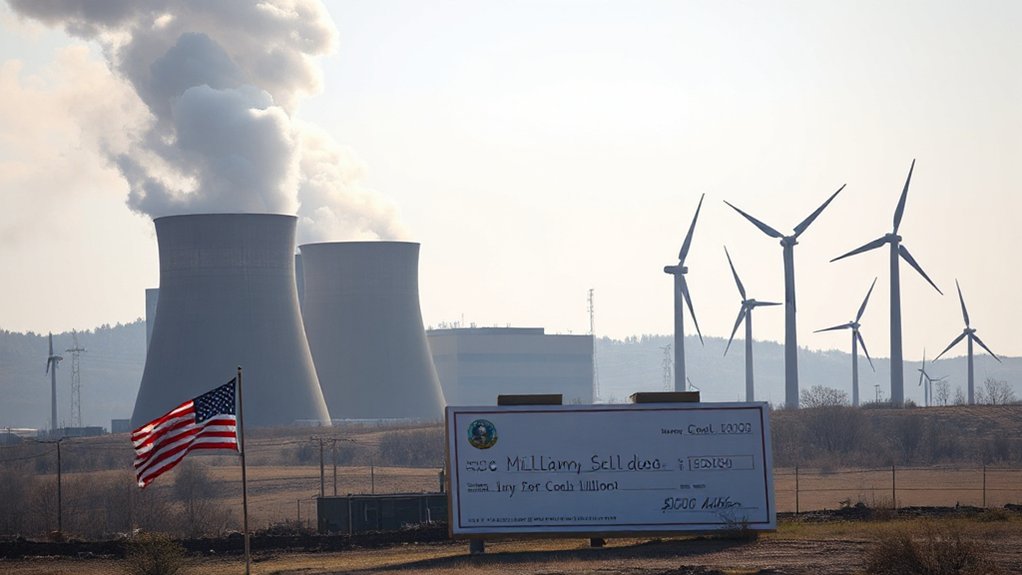California is cracking down on battery storage operators with tough new safety rules. Following a series of fires at Moss Landing, the CPUC modified General Order 167, requiring emergency plans and coordination with local first responders. Battery capacity has exploded from 500 MW to 13,300 MW in just five years—that’s 20% of the state’s peak demand. New standards include UL 3001 and NFPA 855 protocols. Safety matters when your neighborhood battery farm could become a fireworks show.
The Golden State is finally getting serious about battery storage safety. After years of explosive growth in the battery storage sector and some high-profile fires, California’s Public Utilities Commission is cracking down with new rules. It’s about time.
The proposed regulations implement Senate Bill 1383, modifying General Order 167 to establish tougher maintenance and operation standards for electric generating facilities. Battery storage owners won’t just be building these massive systems anymore—they’ll be responsible for developing thorough emergency plans. And yes, they’ll actually have to coordinate with local emergency agencies. Imagine that.
California’s battery storage capacity has skyrocketed from a measly 500 MW in 2019 to a whopping 13,300 MW in 2024. That’s more than 20% of California’s peak demand. The state added over 4,000 MW this year alone. By 2045, projections show a need for 52,000 MW. Big numbers, bigger risks.
The fire at Moss Landing changed everything. When 80% of a 300 MW/1,200 MWh battery facility goes up in flames, people notice. It was the third—and most severe—failure at that site, triggering evacuations and air quality warnings. No wonder communities are pushing back. This incident directly led to technical logbook standards being established for battery storage systems.
The Moss Landing disaster was a wake-up call no one could ignore—a catastrophic reminder that battery storage brings both promise and peril.
The new standards aren’t just bureaucratic paperwork. They’re getting technical—implementing UL 3001 standards, NFPA 855 safety protocols, and updates to fire and electrical codes. CPUC President Alice Reynolds emphasized that safety oversight remains paramount as California continues to expand its energy storage capabilities. Every facility will need proper logbooks, especially for those massive battery systems that can turn into towering infernos without warning.
First responders are finally getting the training they need too. Annual exercises will be mandatory under NFPA 855. A BESS safety consortium with industry experts is being developed, because apparently, we needed experts to tell us that giant batteries can catch fire. These regulations are crucial considering BESS can respond within 10 milliseconds to prevent regional blackouts during emergencies.
The CPUC hopes these changes will reduce opposition to new projects. With AB 303 proposing 3,200-foot buffers from sensitive sites, the industry needed this cleanup. Better late than never.









